MALE OR FEMALE NARRATIVE?
I would describe Prison Break as a female narrative because it is always has more than one event/story happening in each episode and there is many changes in the story line throwing off the characters. There is also a lot of very complex methods used in Prison Break such as all of the chain of events that need to be set off in order for them to escape.
CONTAIN CONFLICT AND RESOLITION?
Prison break contains a huge amount of conflict, occuring in most episodes, however there is not always a resolution because many involved in the conflict tend to die. However the conflict between Michael and Mahone is resolved when they come together to bring down the company after Mahone's son is killed by a company agent.
EQUILIBRIUM-DISEQUILIBRIUM-EQUILIBRIUM?
The prison break series doesn't fit in with this theory as Lincoln is already is already in prison with the death sentence so there is really disequilibrium throughout.
RISING CONFLICT?
Yes, throughout the series there is conflict between the prisoners, for example T-Bag and Michael, which rises throughout the series making the tension between them worsen. There is also rising conflict between Michael and Lincoln against the company, with the company trying to get rid of the two borthers at all costs.
ACTION AND ENIGMA CODES?
Prison break makes use of enigma codes, with the main mystery of the series being whether Lincoln will escape before being electrocuted on the chair. There are many action codes used throughout with riots, fights and trying to escape on time before the guards notice they're missing.
BINARY OPPOSITIONS FOR STYLISTIC PURPOSES?
There are oppositions throughout prison break; Good prisoners and Bad prisoners (Michael and T-Bag) Wardens and Prisoners, Men and Women (Michael and Sara)
SOCIAL BINARY OPPOSITIONS
We see many social oppositions throughout, for example we see the prisoners in contrast with non-prisoners showing different social views/ways of life.
I would describe Prison Break as a female narrative because it is always has more than one event/story happening in each episode and there is many changes in the story line throwing off the characters. There is also a lot of very complex methods used in Prison Break such as all of the chain of events that need to be set off in order for them to escape.
CONTAIN CONFLICT AND RESOLITION?
Prison break contains a huge amount of conflict, occuring in most episodes, however there is not always a resolution because many involved in the conflict tend to die. However the conflict between Michael and Mahone is resolved when they come together to bring down the company after Mahone's son is killed by a company agent.
EQUILIBRIUM-DISEQUILIBRIUM-EQUILIBRIUM?
The prison break series doesn't fit in with this theory as Lincoln is already is already in prison with the death sentence so there is really disequilibrium throughout.
RISING CONFLICT?
Yes, throughout the series there is conflict between the prisoners, for example T-Bag and Michael, which rises throughout the series making the tension between them worsen. There is also rising conflict between Michael and Lincoln against the company, with the company trying to get rid of the two borthers at all costs.
ACTION AND ENIGMA CODES?
Prison break makes use of enigma codes, with the main mystery of the series being whether Lincoln will escape before being electrocuted on the chair. There are many action codes used throughout with riots, fights and trying to escape on time before the guards notice they're missing.
BINARY OPPOSITIONS FOR STYLISTIC PURPOSES?
There are oppositions throughout prison break; Good prisoners and Bad prisoners (Michael and T-Bag) Wardens and Prisoners, Men and Women (Michael and Sara)
SOCIAL BINARY OPPOSITIONS
We see many social oppositions throughout, for example we see the prisoners in contrast with non-prisoners showing different social views/ways of life.
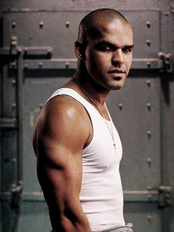
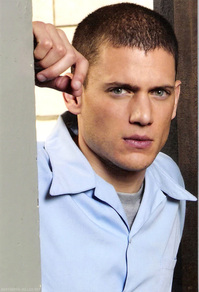
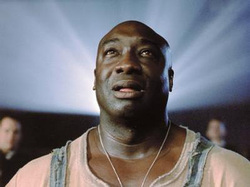
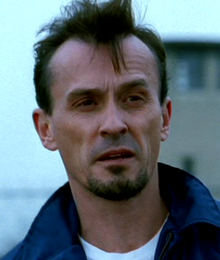
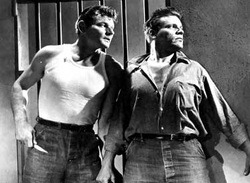
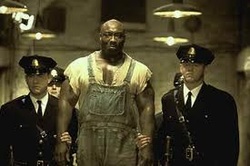
 RSS Feed
RSS Feed